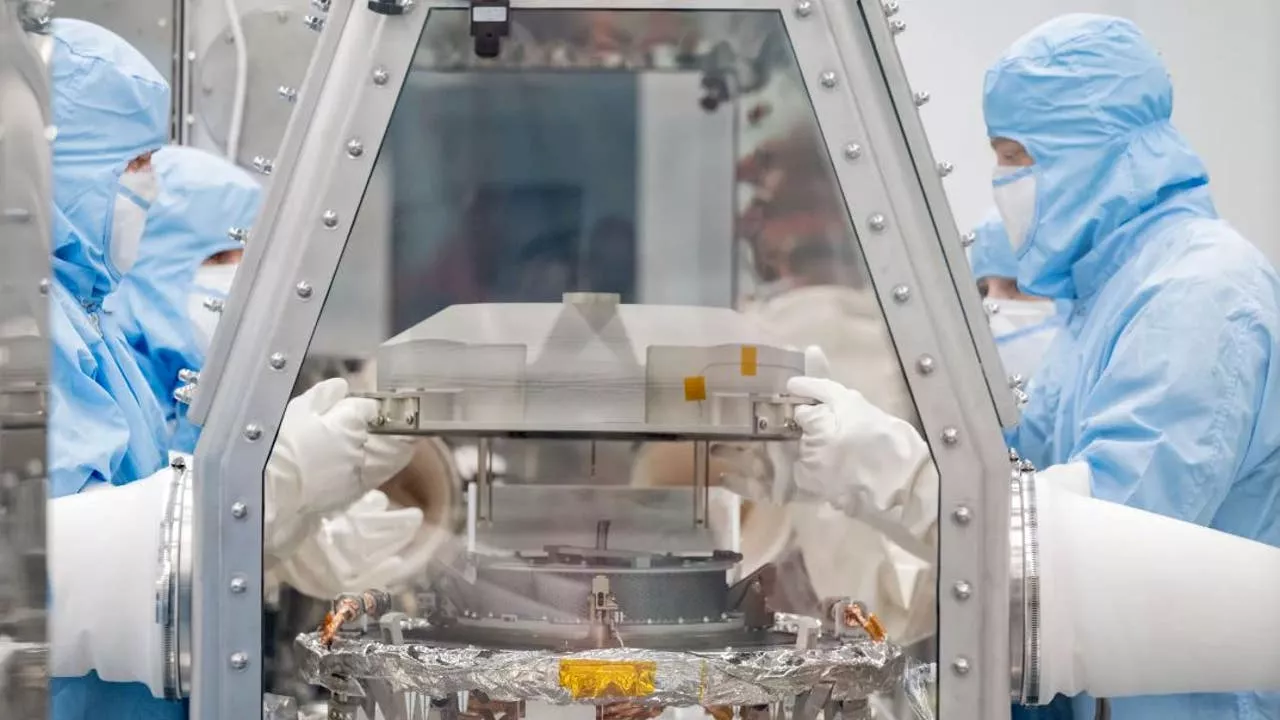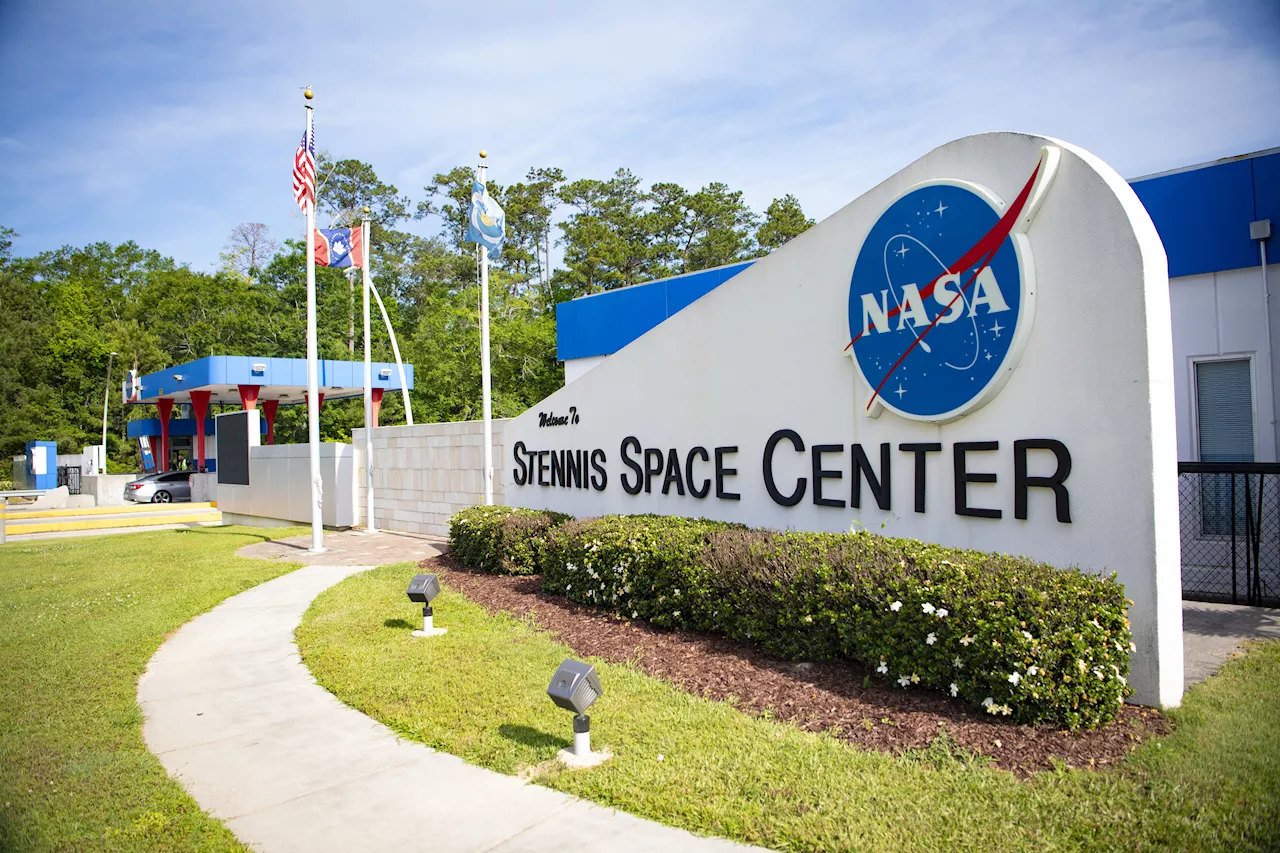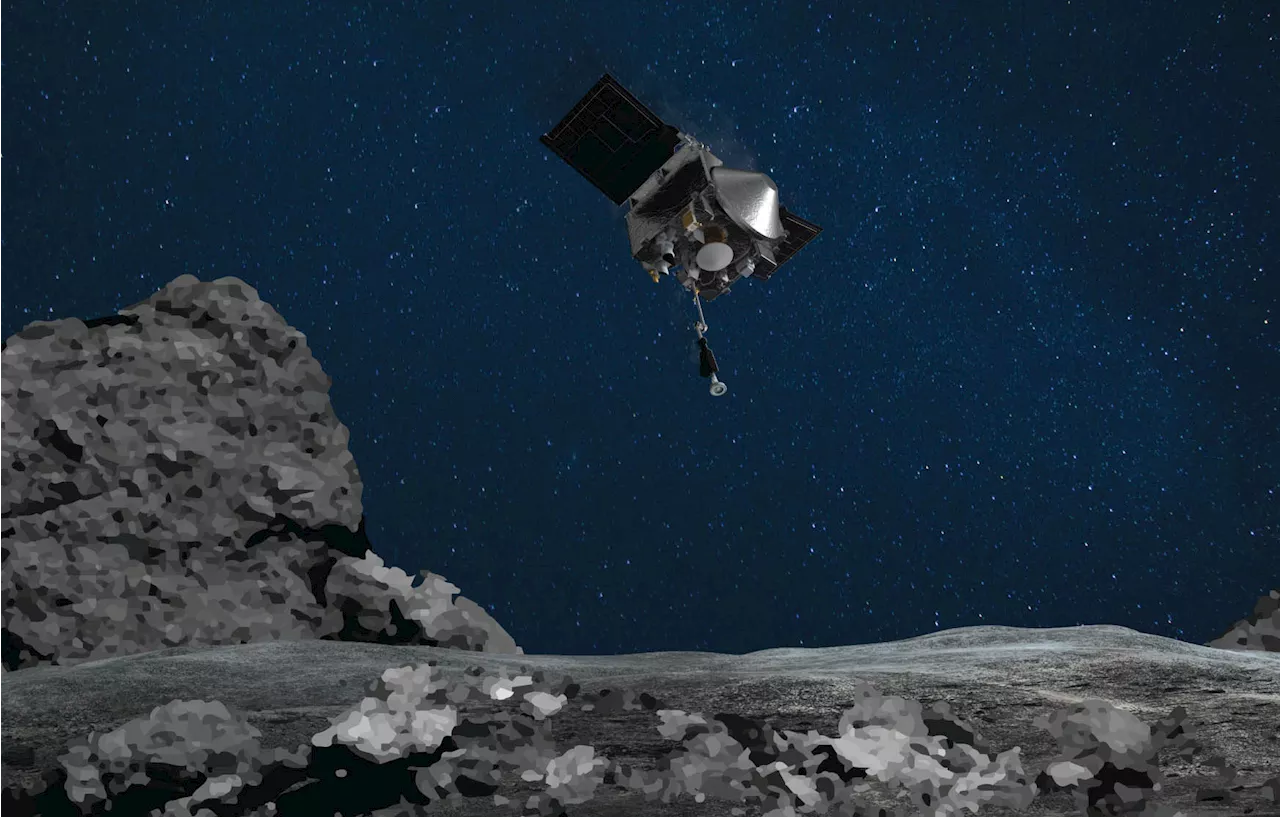The first Bennu sample analysis has revealed an abundance of carbon and water within the material captured by NASA's OSIRIS-REx.
has finally shared details about the first analysis of samples taken from the asteroid Bennu using the OSIRIS-REx spacecraft in 2020. While
’s goals to learn more about where we come from, how our solar system was born, and the evolution of the universe as a whole. While there is still much work to be done to fully understand the nature of the carbon and water compounds found within the Bennu sample, this first analysis showcases how much
plans to spend the next two years characterizing samples and conducting further analysis to help meet the mission’s science goals.
United States Latest News, United States Headlines
Similar News:You can also read news stories similar to this one that we have collected from other news sources.
 NASA to unveil asteroid sample from Bennu at Johnson Space Center in HoustonThe public will get a first look at the asteroid sample that was collected from Bennu and brought back to Earth on the OSIRIS-Rex spacecraft last month.
NASA to unveil asteroid sample from Bennu at Johnson Space Center in HoustonThe public will get a first look at the asteroid sample that was collected from Bennu and brought back to Earth on the OSIRIS-Rex spacecraft last month.
Read more »
 Watch NASA reveal its Bennu asteroid samples at 11AM ETA livestream is taking place on its Youtube channel.
Watch NASA reveal its Bennu asteroid samples at 11AM ETA livestream is taking place on its Youtube channel.
Read more »
 Evolution Space to Produce and Test Solid Rocket Motors at NASA Stennis - NASANASA’s Stennis Space Center near Bay St. Louis, Mississippi, joined with Evolution Space on Oct. 10 to announce plans for the aerospace company to establish
Evolution Space to Produce and Test Solid Rocket Motors at NASA Stennis - NASANASA’s Stennis Space Center near Bay St. Louis, Mississippi, joined with Evolution Space on Oct. 10 to announce plans for the aerospace company to establish
Read more »
 NASA’s Roman Mission Gears Up for a Torrent of Future Data - NASANASA’s Nancy Grace Roman Space Telescope team is exploring ways to support community efforts that will prepare for the deluge of data the mission will return.
NASA’s Roman Mission Gears Up for a Torrent of Future Data - NASANASA’s Nancy Grace Roman Space Telescope team is exploring ways to support community efforts that will prepare for the deluge of data the mission will return.
Read more »
 NASA’s Webb Captures an Ethereal View of NGC 346 - NASADownload the full-resolution version from the Space Telescope Science Institute.
NASA’s Webb Captures an Ethereal View of NGC 346 - NASADownload the full-resolution version from the Space Telescope Science Institute.
Read more »
 5 Things to Know About NASA’s Deep Space Optical Communications - NASASlated to launch on Oct. 12 with the Psyche mission, DSOC will demonstrate technologies enabling the agency to transmit higher data rates from deep space.
5 Things to Know About NASA’s Deep Space Optical Communications - NASASlated to launch on Oct. 12 with the Psyche mission, DSOC will demonstrate technologies enabling the agency to transmit higher data rates from deep space.
Read more »
